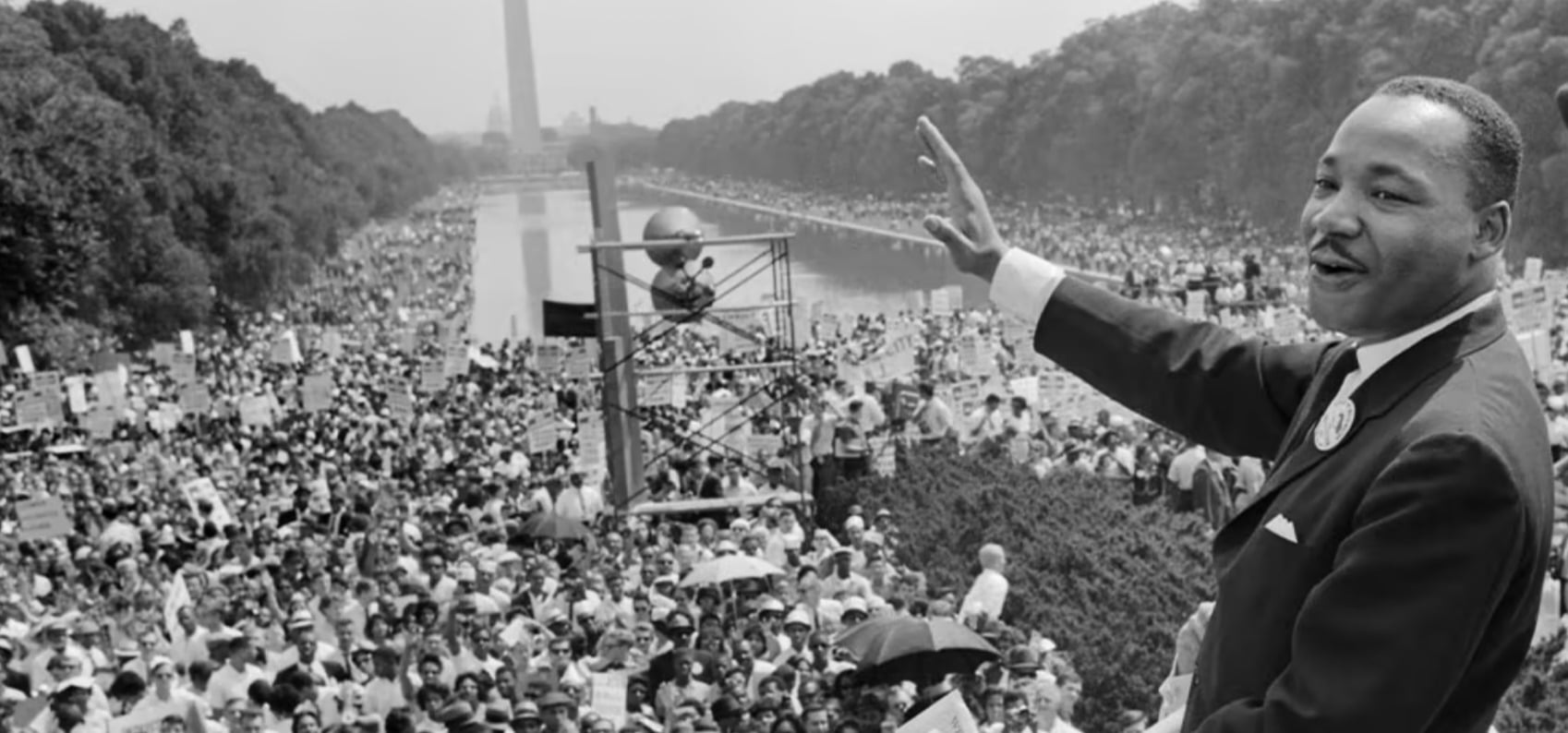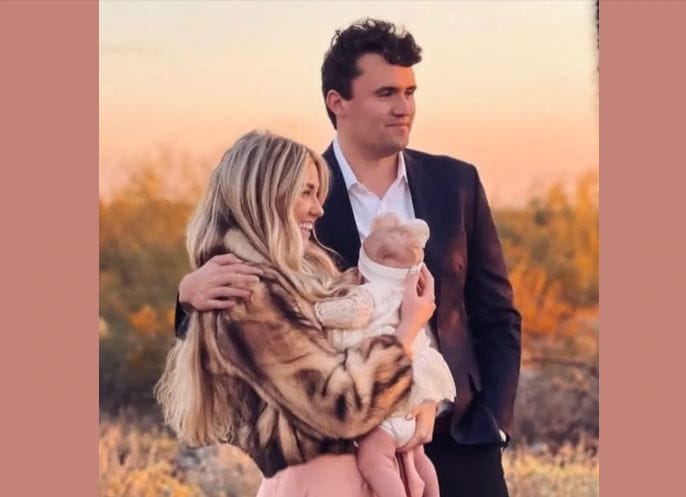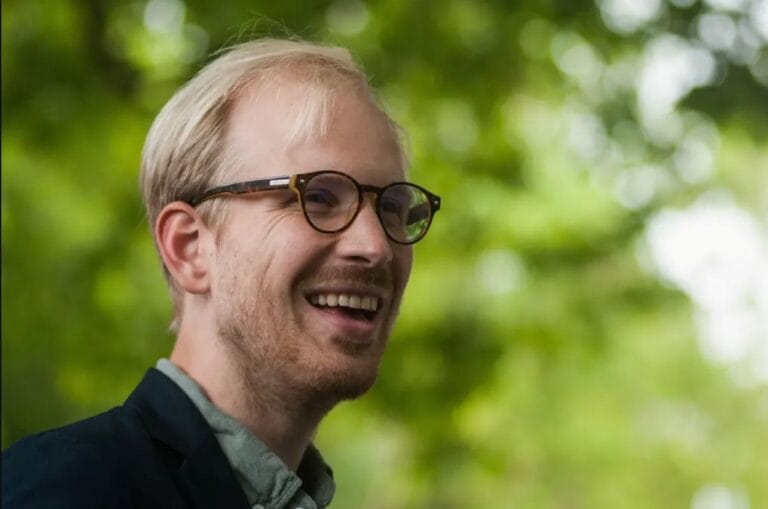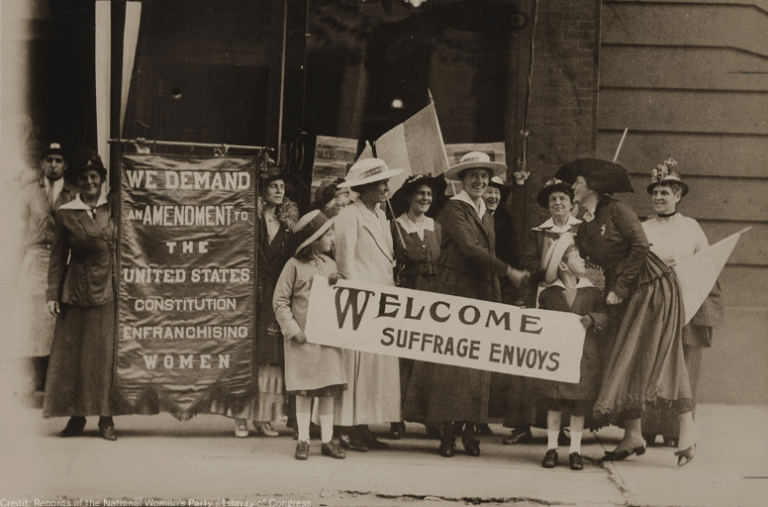Talking Big Ideas.
“What every speaker needs . . .is a devastating defense
against the dread disease of dribbling off.”
~ William Safire, Lend Me Your Ears
How many bad ways are there to end a speech?
Chris Anderson, the head of TED Talks, runs through a litany. They are all variations of the quicksand we discussed last week.
By contrast, as presidential speechwriter James Humes says, “a dull speech that ends in a dazzle gets more applause than a forceful speech that ends on a flat note.”
Ideally we combine the best of both: forceful speeches that finish with a dazzle! Every ending has one vital job:
*Drive home your central idea
How, specifically, should we do this? Consider Malala.
She spoke out for years about the need for women to be educated. Her message was so bold and powerful that she was nearly killed over it. Less than a year after being shot in the head, she spoke to the United Nations. Her theme remained the same. Education is the only solution to today’s problems.
Listen to how she ended her talk for the UN:
Let us pick up our books and our pens. They are our most powerful weapons. [holding up a finger] One child, one teacher, one book, and one pen can change the world. Education is the only solution. Education First. Thank you
Notice how clear she is in driving home her central idea.
Harvard professor Amy Cuddy is less intense than Malala. Yet when she talks about her research, like Malala, her theme is clear. Cuddy studies the human body. She teaches how holding certain body poses is healthy. She makes sure to explain how simple they are to do. All we need is our bodies, two minutes, and a little privacy.
Here is Cuddy at the conclusion of a talk:
Share it with people, because the people who can use it the most are the ones with no resources and no technology and no status and no power. Give it to them because they can do it in private. They need their bodies, privacy, and two minutes, and it can significantly change the outcomes of their lives. Thank you.
She restates her central idea with a creative twist. She encourages her audience to share her advice with others. It’s a call to action that feels inspiring and easy to do.
Both Malala and Cuddy are passionate about their topics. We don’t simply hear what they say, we also feel their excitement. Winston Churchill taught that a good closing needs to wrap up the central idea with emotion. He encouraged speakers to end with hope, pride, or love:
- Hope: a vision for a better world
- Pride: towards a group, idea, or effort
- Love: for family, community, God, etc
Quotes can be effective at bringing this emotion to your ending.
Dissident Vaclav Havel spent several years in prison before rising to power during the Velvet Revolution. He gave a famous address after being elected president of Czechoslovakia, ending more than four decades of authoritarian rule. He concluded his remarks with a quote that instilled hope and pride:
The most distinguished of my predecessors opened his first speech with a quotation from the great Czech educator Komensky. Allow me to round off my first speech with my own paraphrase of the same statement: People, your government has returned to you!
On a lighter note, swimmer Diana Nyad gives a talk encouraging people to live their dreams. This is how she finishes: “I’m asking myself, and maybe I can ask you . . . to paraphrase the poet Mary Oliver . . . ‘so what is it you’re doing with this one wild and precious life of yours?’”
Dr. Martin Luther King Jr. ended perhaps the greatest speech of the past century by sharing his vision for the future. He lifted the crowd of hundreds of thousands to thunderous applause.
Notice how he speaks passionately from the heart, clarifies his theme, ends with a beautiful quote, and leaves you feeling hope and love:
From every mountainside let freedom ring. And when this happens, when we allow freedom to ring, when we let it ring from every village and every hamlet, from every state and every city, we will be able to speed up that day when all of God’s children — black men and white men, Jews and gentiles, Prostestants and Catholics — will be able to join hands and sing in the words of the old negro spiritual: ‘Free at last! Free at last! Thank God Almighty, we are free at last!’
A couple months ago we described the beginning of a presentation as hallowed ground. The final moment holds a similar power. However you choose to end, be intentional with your words.
***
![]() IDEA
IDEA
At the end, drive home your central idea with emotion.
Consider an upcoming talk you have to give. Formal or informal. What is one way you could knock your ending out of the park?
***
If you find this useful, please subscribe to our free weekly newsletter.




